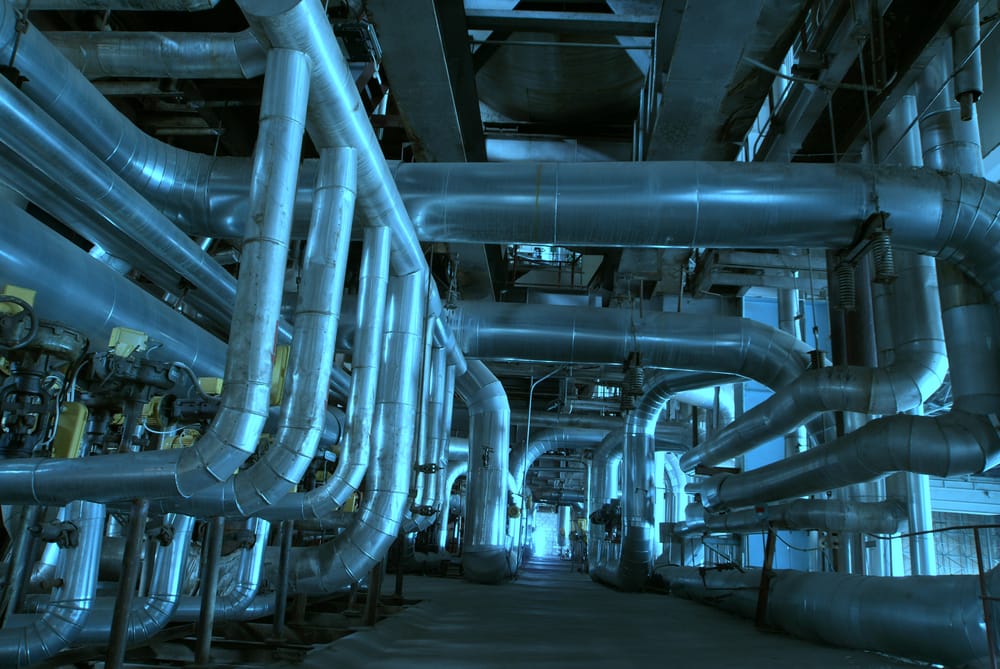US job creation slowed by tariffs and rising interest rates

The US Labor Market: Tariffs, Rising Interest Rates, and Their Impact on Job Creation
The US labor market, a cornerstone of the country's economy, faces significant challenges due to current global and domestic policies. As recent economic developments unfold, the impact of trade tariffs and rising interest rates becomes increasingly evident. These elements, considered separately or together, reshape the pace of job creation and provoke concerns around potential labor market slowdown. This is crucial, as employment rates directly influence the broader economic health of the nation.
The Current State of the US Labor Market
Understanding the US labor market's current state offers insight into wider economic patterns. One key indicator is the unemployment rate. The civilian unemployment rate, reflecting the percentage of the labor force currently without jobs, highlights fluctuations in employment availability. Recent trends suggest:
- Modest increases in job numbers, yet an increase in unemployment claims signals potential distress.
- Nonfarm payroll data shows mixed results across sectors, suggesting uneven job distribution.
- Seasoned analysts use metrics like civilian unemployment rate and employment-population ratio to gauge labor market vibrancy.
Despite these facts, the market seems to remain resilient. However, the economy's signal towards slower momentum reveals a need for attention from policymakers.
Trade Tariffs and Job Creation
Examining the impact of trade tariffs takes us into complex economic territory. A trade tariff acts as a tax on imports, intended to bolster domestic industries against foreign competition. Yet, tariffs can lead to unintended consequences:
- Certain industries, particularly those reliant on imported materials, face increased costs, potentially stunting growth and job creation.
- More broadly, tariffs can instigate trade wars, reducing some businesses' competitiveness and further impacting the workforce.
- Companies may hesitate to expand or hire, fearing uncertain market conditions driven by tariff-related cost increases.
Via analysis of trade tariffs, it becomes clear they are a double-edged sword—promising protection while potentially harming broader market dynamics.
Rising Interest Rates and Their Role

Interest rate changes, especially rising rates, influence everything from consumer spending to business investment. These shifts, determined by the Federal Reserve to curb inflation, unveil several layers:
- Higher interest rates commonly deter borrowing by increasing the cost of loans for businesses, leading to a reduction in expansion plans and, consequently, fewer job hires.
- Mortgage rates, tied to economic stability, can affect consumer confidence, indirectly suppressing employment demand.
- As businesses face higher operating costs, their willingness to maintain larger workforces may decline, adding pressure to the labor market.
Such monetary policy impacts have a trickledown effect, altering financial landscapes for businesses and consumers alike.
Economic Challenges and Employment Rates
When discussing the current employment challenges, specific economic policies take center stage. Fiscal and monetary shifts contribute to evolving employment landscapes:
- Effective Federal Funds Rate adjustments suggest potential cooling effects on inflation, yet can also slow economic growth.
- A misalignment of economic policies might lead to reduced job growth, negatively impacting the workforce.
- To combat these developments, targeted policy reforms and interventions may be required to stabilize job creation.
Understanding these dynamics is crucial as the nation navigates its economic future.
Prognosis for the US Labor Market
Looking ahead, the labor market's trajectory rests on various possibilities and policy decisions. Current and future strategies should:
- Recognize labor market trends, such as the 4-week moving average of initial claims, as potential indicators of economic recovery.
- Consider changes in business lending trends, as they often align with economic confidence and growth forecasts.
- Enact policy measures to bolster employment, including revisiting trade regulations and interest rate policies.
Optimistically, proactive strategies may safeguard against damaging slowdowns and facilitate a return to robust economic health.
Signs of Transition
As we navigate the complex landscape of the US labor market, the roles of trade tariffs and rising interest rates cannot be ignored. While they serve as pivotal tools in economic strategy, their impacts reverberate through job creation and overall market health. Understanding these dynamics allows for informed decisions, ultimately guiding the nation's economic prosperity. Balancing protection with growth, and inflation control with unemployment, remains essential for a thriving labor market.




